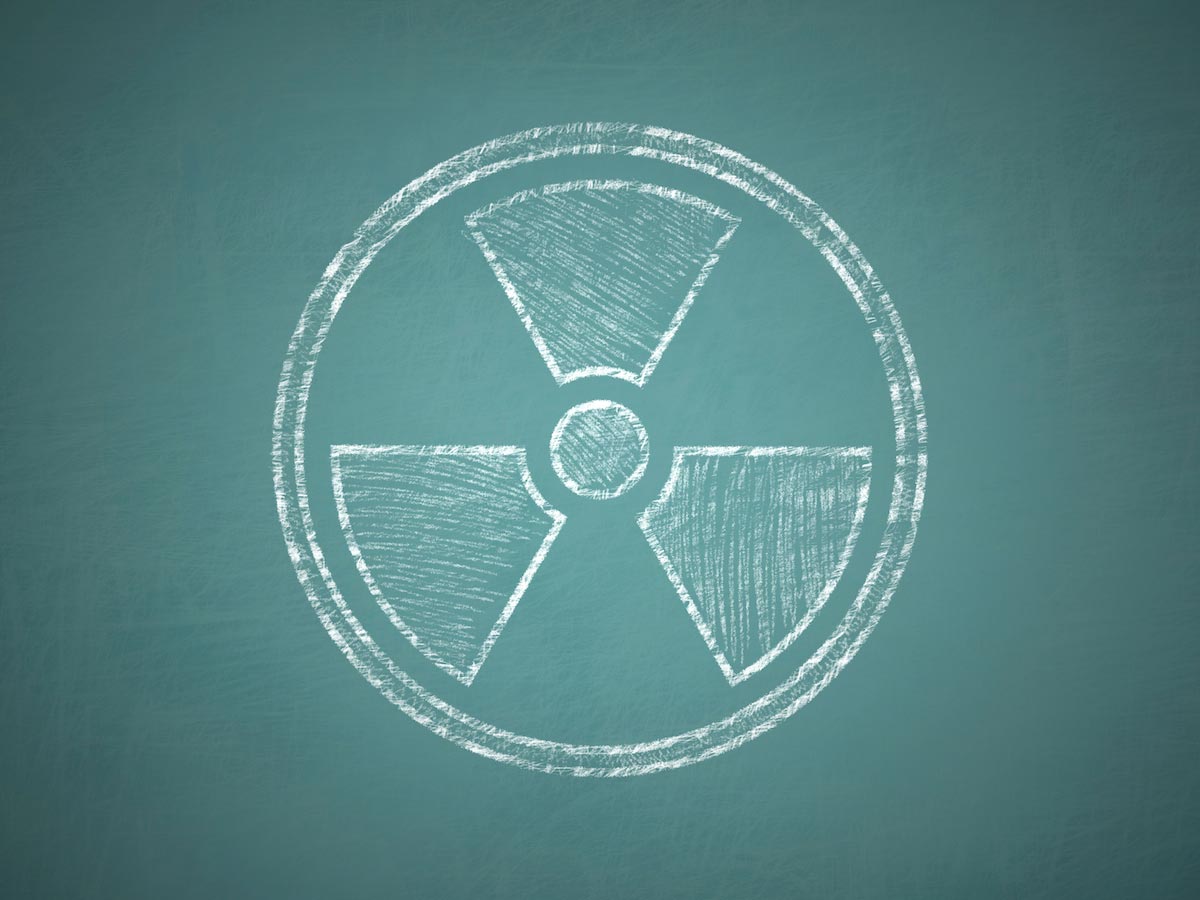
Superlubricity is a state where there is very little friction. A surface coated by a superlubricant is very slippery and barely gives off heat when something moves across it. In most cases, the less friction present in a mechanical assembly, the better. Lubricated objects can move faster, suffer less wear and tear while doing so, and last much longer.
A good lubricant can greatly increase the efficiency of anything that has moving parts. One that can bring about superlubricity could be applied to wind turbines, magnetic disc drives, and rotary seals.
Researchers from the Argonne National Laboratory (ANL) have developed a number of patented superlubricating materials over the years. In 2015, they combined graphene, diamond nanoparticles, and diamond-like carbon to create the very first lubricating formula that achieves large-scale superlubricity. (Related: Breakthrough: Researchers use nanoparticles to separate oil from water.)
Swapping out graphene for molybdenum disulfide
Not content with resting on their laurels, the team continued to improve the lubricant. Their most recent effort was to swap out the graphene with molybdenum disulfide. A chemical compound made from molybdenum and sulfur, molybdenum disulfide is very sturdy and has very little friction. These properties make it fairly similar to graphite, which is a popular dry lubricant.
Graphite and graphene are both made out of carbon. So the ANL researchers replaced graphene with molybdenum disulfide to see if other non-carbon materials could be used in the formula. They also wanted to determine the effects of the substitution on the effectiveness of the lubricant.
Furthermore, the researchers simulated the behavior of the new lubricant at the nanoscale level. To do this, they borrowed the supercomputer of the Argonne Leadership Computing Facility, which was one of the laboratories assisting them.
Armed with the processing power of the Mira supercomputer, they ran a very large simulation of the atoms of the lubricant. They used the LAMMPS (Large-scale Atomic/Molecular Massively Parallel Simulator), a popular computer code for modeling the behavior of materials.
New lubricant sheds light on tribochemical reactions that power superlubricity
The researchers reported finding new information about the tribochemical reactions that effectively eliminated friction on superlubricated surfaces. These reactions take place between the lubricant and the surfaces within the physical boundary established by lubrication.
In the case of this superlubricant, it is triggered by mechanical stress when the diamond-like carbon slides against molybdenum disulfide. In the simulation, the molybdenum disulfide would split apart into its component atoms. The freed sulfur atoms would then react with the diamond nanoparticles.
Diamond is made of carbon arranged in a certain manner. The tribochemical reactions would rearrange those carbon particles into spherical shapes that bore a distinct resemblance to onions.
Each individual structure is made up of layers of graphite shells. They have very small surface areas, which reduces the amount of contact between them and anything they come into contact with. This drastically cuts down on friction and gives the formula its lubricating qualities.
The researchers noted that their new formula is a self-generating lubricant. The molybdenum disulfide-based formula actually adjusts itself on a constant basis because of the way its component molecules slide against each other. This lets it preserve its lubricating qualities much longer than other dry lubricants, even when in storage.
The ANL team released their findings in the journal Nature Communication. They have already filed a patent for their new dry lubricant.
For more articles about graphene-based technologies such as superlubricants, visit FutureScienceNews.com.
Sources include:
Please contact us for more information.























